Regulatory Compliance and Standards
Regulatory compliance plays a pivotal role in shaping the Virus Filtration Market. Stringent regulations imposed by health authorities and international organizations necessitate the implementation of effective virus filtration systems across various sectors, including healthcare and food processing. Compliance with these regulations often requires companies to invest in advanced filtration technologies, which can be a significant driver for market growth. For example, the FDA and EMA have established guidelines that mandate the use of validated virus filtration processes in the production of biopharmaceuticals. This regulatory landscape not only ensures product safety but also fosters innovation within the Virus Filtration Market, as companies strive to meet and exceed these standards.
Emerging Markets and Global Expansion
Emerging markets present a substantial opportunity for the Virus Filtration Market. As economies develop, there is an increasing focus on healthcare infrastructure and safety standards, which drives the demand for effective virus filtration solutions. Countries in Asia and Latin America are witnessing rapid growth in their pharmaceutical and biotechnology sectors, leading to a heightened need for advanced filtration technologies. This expansion is further supported by government initiatives aimed at improving public health and safety. As these markets continue to evolve, they are likely to become key players in the Virus Filtration Market, contributing to its overall growth and diversification.
Increased Demand for Safety and Quality
The heightened awareness regarding safety and quality in products is a major driver for the Virus Filtration Market. Consumers and businesses alike are increasingly prioritizing health and safety, leading to a surge in demand for products that are free from viral contamination. This trend is particularly evident in the pharmaceutical and food industries, where the integrity of products is paramount. According to recent estimates, the demand for virus filtration solutions in these sectors is projected to grow at a compound annual growth rate of over 10% in the coming years. As a result, manufacturers are compelled to adopt advanced filtration technologies to ensure compliance with safety standards, thereby propelling the growth of the Virus Filtration Market.
Rising Investments in Biopharmaceuticals
The Virus Filtration Market is significantly influenced by the rising investments in biopharmaceuticals. As the biopharmaceutical sector expands, driven by the need for innovative therapies and vaccines, the demand for effective virus filtration solutions becomes increasingly critical. Companies are investing heavily in research and development to create safer and more effective biopharmaceutical products, which necessitates the implementation of robust virus filtration systems. Recent data indicates that the biopharmaceutical market is expected to reach a valuation of over 500 billion dollars by 2026, further underscoring the importance of virus filtration in ensuring product safety and efficacy. This trend is likely to stimulate growth within the Virus Filtration Market as companies seek to enhance their filtration capabilities.
Technological Advancements in Virus Filtration
The Virus Filtration Market is experiencing a surge in technological advancements that enhance the efficiency and effectiveness of filtration processes. Innovations such as nanotechnology and advanced membrane filtration systems are being integrated into existing frameworks, leading to improved virus removal rates. For instance, the introduction of high-performance filters has been shown to achieve up to 99.9% virus retention, which is crucial for industries such as pharmaceuticals and biotechnology. As these technologies evolve, they not only improve product safety but also reduce operational costs, thereby attracting more investments into the Virus Filtration Market. Furthermore, the ongoing research and development efforts are likely to yield even more sophisticated filtration solutions, which could redefine industry standards and practices.


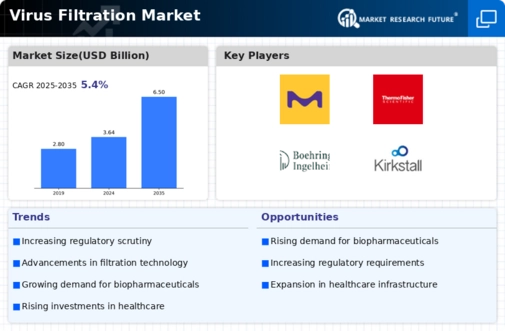
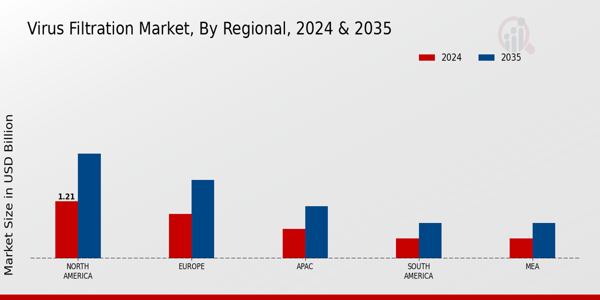

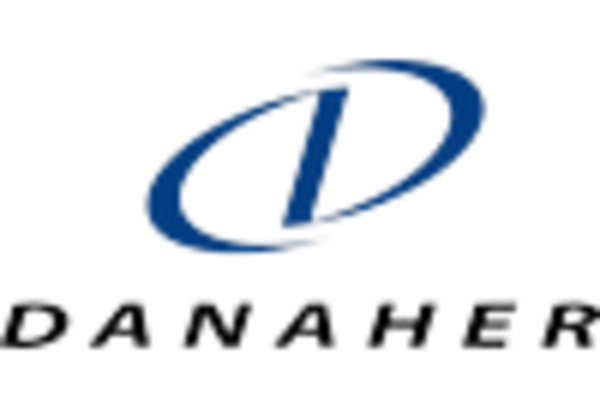


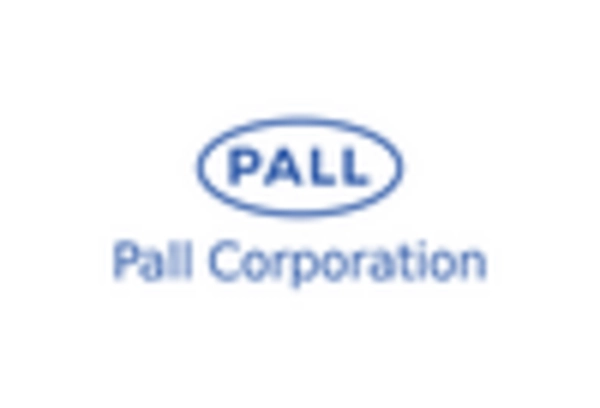

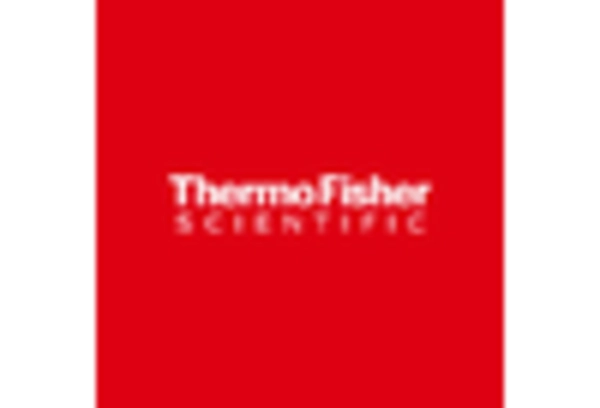








Leave a Comment